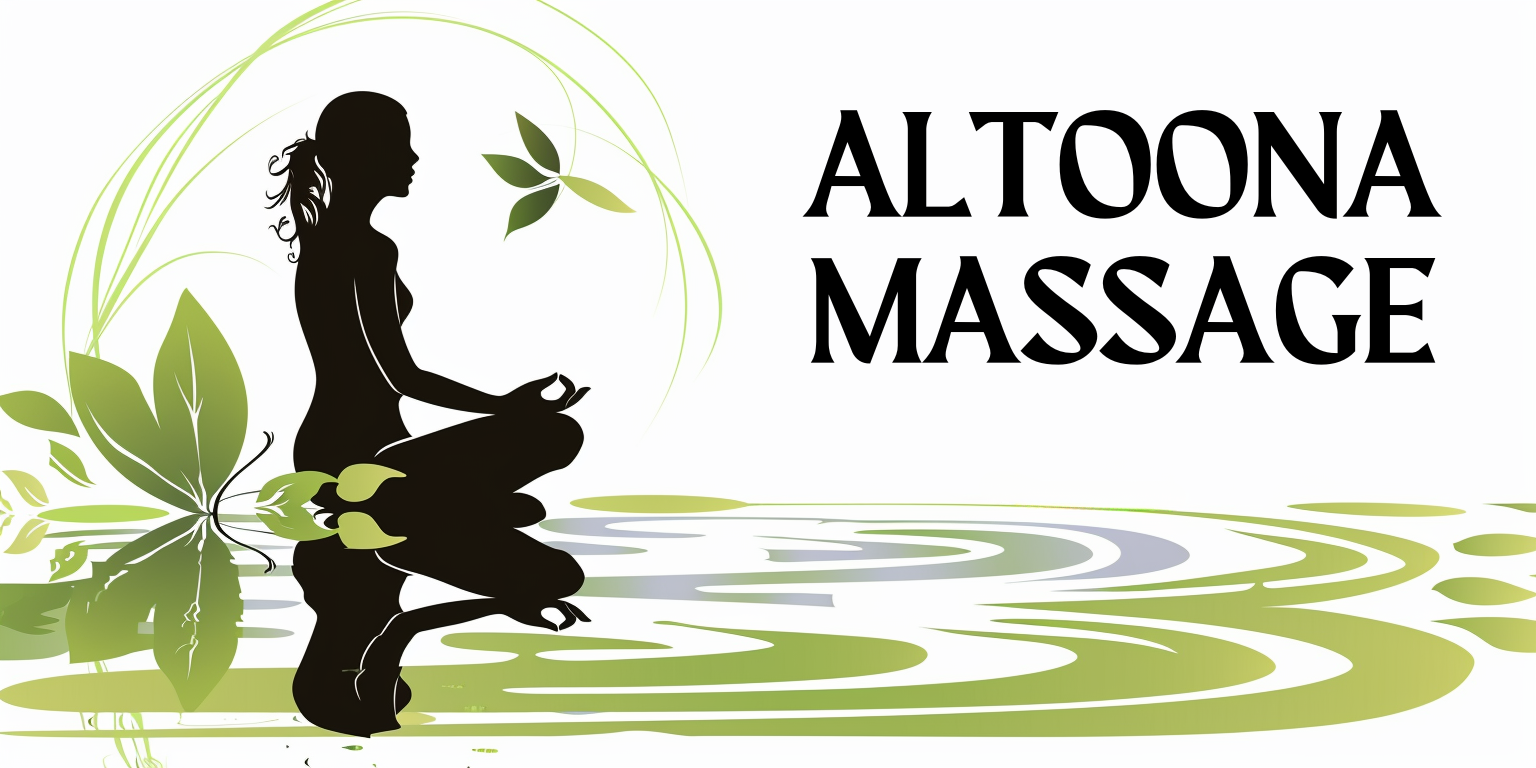Lower back pain is a common ailment that affects millions of people worldwide. You may find yourself grappling with this discomfort at some point in your life, whether due to poor posture, muscle strain, or underlying medical conditions. The lower back, or lumbar region, is particularly susceptible to injury because it supports much of your body’s weight and is involved in many daily activities.
Understanding the causes and symptoms of lower back pain is crucial for effective management and treatment. When you experience lower back pain, it can manifest in various ways, including sharp, stabbing sensations or a dull ache that lingers. You might notice that certain movements exacerbate the pain, such as bending, lifting, or even sitting for extended periods.
Identifying the specific triggers can help you avoid them in the future. Additionally, lower back pain can be acute, lasting a few days to weeks, or chronic, persisting for three months or longer. Recognizing the type of pain you are experiencing can guide you toward appropriate treatment options.
Key Takeaways
- Lower back pain can be caused by various factors such as poor posture, muscle strain, or underlying medical conditions.
- Massage therapy can help alleviate lower back pain by reducing muscle tension, improving blood circulation, and promoting relaxation.
- Different types of massage, such as Swedish massage, deep tissue massage, and trigger point therapy, can target specific areas of tension and pain in the lower back.
- When looking for a massage therapist, it’s important to consider their qualifications, experience, and specialization in treating lower back pain.
- During a massage for lower back pain, you can expect the therapist to use various techniques to address your specific pain points and provide relief.
The Benefits of Massage for Lower Back Pain
Massage therapy has gained recognition as an effective treatment for lower back pain. You may find that regular massage sessions can alleviate discomfort and promote relaxation. One of the primary benefits of massage is its ability to increase blood circulation in the affected area.
Improved blood flow can help deliver essential nutrients to the muscles and tissues, facilitating healing and reducing inflammation. As a result, you may experience a decrease in pain levels and an increase in mobility. Moreover, massage therapy can help release tension in the muscles surrounding your lower back.
When you are under stress or have poor posture, your muscles may tighten, leading to discomfort. A skilled massage therapist can target these tight areas, helping to relax the muscles and restore balance to your body. This not only provides immediate relief but can also contribute to long-term improvements in your overall well-being.
By incorporating massage into your routine, you may find that you are better equipped to manage your lower back pain.
Different Types of Massage for Lower Back Pain

There are several types of massage techniques that can be beneficial for alleviating lower back pain. Each method has its unique approach and benefits, allowing you to choose one that best suits your needs. For instance, deep tissue massage focuses on the deeper layers of muscle and connective tissue.
If you are dealing with chronic pain or tension, this technique may be particularly effective in breaking up adhesions and relieving tightness. Another popular option is Swedish massage, which employs long strokes and gentle kneading to promote relaxation and improve circulation. If your lower back pain is primarily due to stress or tension, this type of massage can help you unwind and feel more at ease.
Additionally, trigger point therapy targets specific areas of muscle tightness that may be contributing to your pain. By applying pressure to these points, the therapist can help release tension and restore normal function.
Finding the Right Massage Therapist
Choosing the right massage therapist is essential for maximizing the benefits of massage for lower back pain. You want someone who is not only skilled but also understands your specific needs and concerns. Start by seeking recommendations from friends, family, or healthcare professionals who have had positive experiences with massage therapy.
Online reviews and ratings can also provide valuable insights into a therapist’s expertise and approach. Once you have a list of potential therapists, consider scheduling consultations to discuss your lower back pain and treatment goals. During these meetings, pay attention to how comfortable you feel with the therapist and whether they take the time to listen to your concerns.
A good therapist will tailor their approach based on your individual needs and may even suggest a combination of techniques to address your pain effectively.
What to Expect During a Massage for Lower Back Pain
When you arrive for your massage appointment, you can expect a welcoming environment designed to promote relaxation. The therapist will likely begin by asking about your medical history and specific areas of discomfort. This initial conversation is crucial for ensuring that the treatment is safe and effective for you.
You should feel free to express any concerns or preferences regarding pressure levels or specific techniques. During the massage itself, you will typically lie on a comfortable table while the therapist works on your lower back and surrounding areas. You may experience varying sensations throughout the session—some areas might feel tender while others may feel soothing.
It’s important to communicate with your therapist about what feels good and what doesn’t; they can adjust their technique accordingly. After the session, you may feel relaxed but also slightly sore as your muscles adjust to the treatment.
Tips for Managing Lower Back Pain Between Massage Sessions

While massage therapy can provide significant relief from lower back pain, there are several strategies you can implement between sessions to maintain comfort and prevent flare-ups. One effective approach is to incorporate gentle stretching into your daily routine. Simple stretches targeting the lower back and hamstrings can help improve flexibility and reduce tension in the muscles.
Additionally, paying attention to your posture throughout the day is crucial. Whether you are sitting at a desk or lifting heavy objects, maintaining proper alignment can prevent unnecessary strain on your lower back. Consider using ergonomic furniture or tools designed to support good posture.
Staying active through low-impact exercises like walking or swimming can also strengthen your core muscles, providing better support for your lower back.
Other Therapies and Techniques to Complement Massage for Lower Back Pain
In addition to massage therapy, there are various complementary therapies that can enhance your overall treatment plan for lower back pain. Physical therapy is one such option that focuses on strengthening exercises and rehabilitation techniques tailored to your specific needs. A physical therapist can work with you to develop a personalized program aimed at improving mobility and reducing pain.
Acupuncture is another alternative therapy that has shown promise in alleviating lower back pain. This ancient practice involves inserting thin needles into specific points on the body to promote healing and balance energy flow. Many individuals report significant relief from their symptoms after undergoing acupuncture treatments.
Combining these therapies with regular massage sessions can create a comprehensive approach to managing your lower back pain effectively.
Precautions and Considerations for Getting a Massage for Lower Back Pain
While massage therapy can be highly beneficial for lower back pain, it’s essential to take certain precautions before scheduling a session. If you have any underlying medical conditions or injuries, consult with your healthcare provider before pursuing massage therapy. They can help determine whether it’s a suitable option for you and may recommend specific types of massage based on your condition.
Additionally, be mindful of any discomfort during the massage itself. While some soreness is normal as muscles release tension, sharp or intense pain should not be ignored. Communicate openly with your therapist about what you are feeling so they can adjust their technique accordingly.
Lastly, ensure that the therapist you choose is licensed and trained in appropriate techniques for treating lower back pain; this will help ensure a safe and effective experience. In conclusion, understanding lower back pain and exploring various treatment options like massage therapy can significantly improve your quality of life. By finding the right therapist and incorporating complementary therapies into your routine, you can take proactive steps toward managing your discomfort effectively.
Remember that communication with your therapist is key, as is maintaining healthy habits between sessions to support your overall well-being.
FAQs
What is lower back pain?
Lower back pain is a common condition that affects the muscles, nerves, and bones in the lower back. It can range from a dull, constant ache to a sudden, sharp pain that makes it difficult to move.
How can massage help with lower back pain?
Massage therapy can help alleviate lower back pain by reducing muscle tension, improving blood flow, and promoting relaxation. It can also help release endorphins, which act as natural painkillers.
What types of massage are effective for lower back pain?
Several types of massage can be effective for lower back pain, including Swedish massage, deep tissue massage, and myofascial release. Each type of massage targets different aspects of the pain and can be tailored to the individual’s needs.
Are there any risks or contraindications to getting a massage for lower back pain?
In general, massage is considered safe for most people. However, individuals with certain conditions such as fractures, infections, or severe osteoporosis should avoid massage therapy for lower back pain. It’s important to consult with a healthcare professional before seeking massage therapy if you have any concerns.
How many sessions of massage are typically needed to see improvement in lower back pain?
The number of massage sessions needed to see improvement in lower back pain can vary depending on the individual’s condition and the severity of the pain. Some people may experience relief after just one session, while others may require multiple sessions to achieve lasting results.
Can massage therapy be used as a standalone treatment for lower back pain?
While massage therapy can be effective in reducing lower back pain, it is often used in conjunction with other treatments such as exercise, stretching, and lifestyle modifications. It’s important to work with a healthcare professional to develop a comprehensive treatment plan for managing lower back pain.
